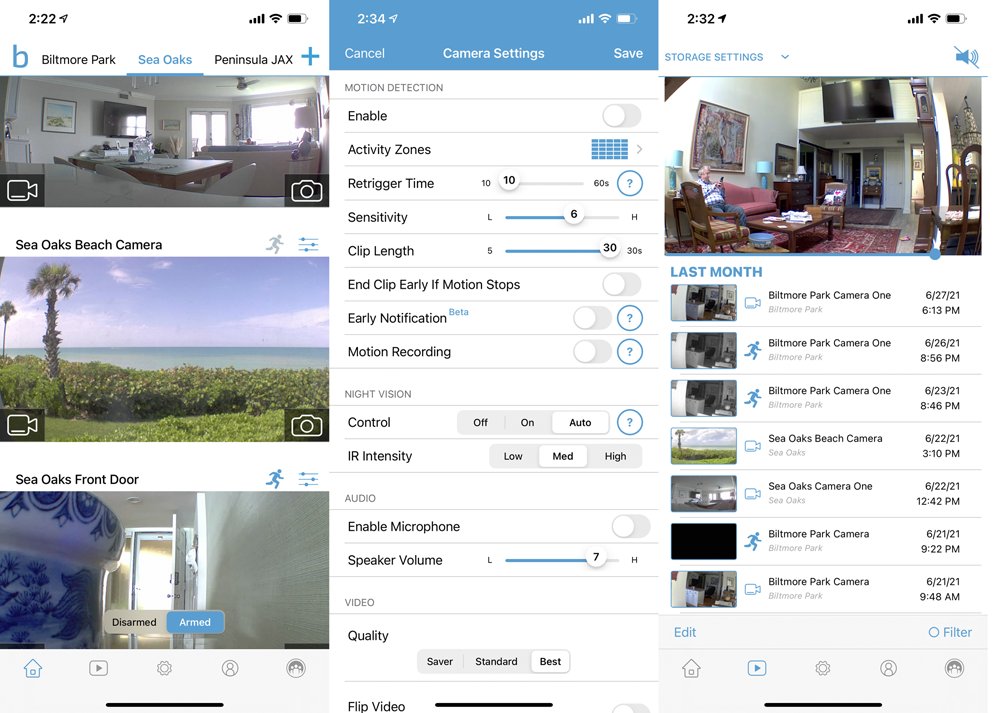Is SIP Trunking Safe & Reliable in the DDoS World?
Since last Thursday when VoIP.ms suffered (and continues to suffer) one of the worst Distributed Denial of Service (DDOS) attacks in the VoIP era, we’ve been asked a thousand times whether any SIP trunking provider can provide a safe and reliable platform under circumstances similar to the VoIP.ms outage. We obviously cannot vouch for every trunking provider but, based upon our discussions with two of the major carriers that support Incredible PBX, we are confident that either of them could… Read More ›



